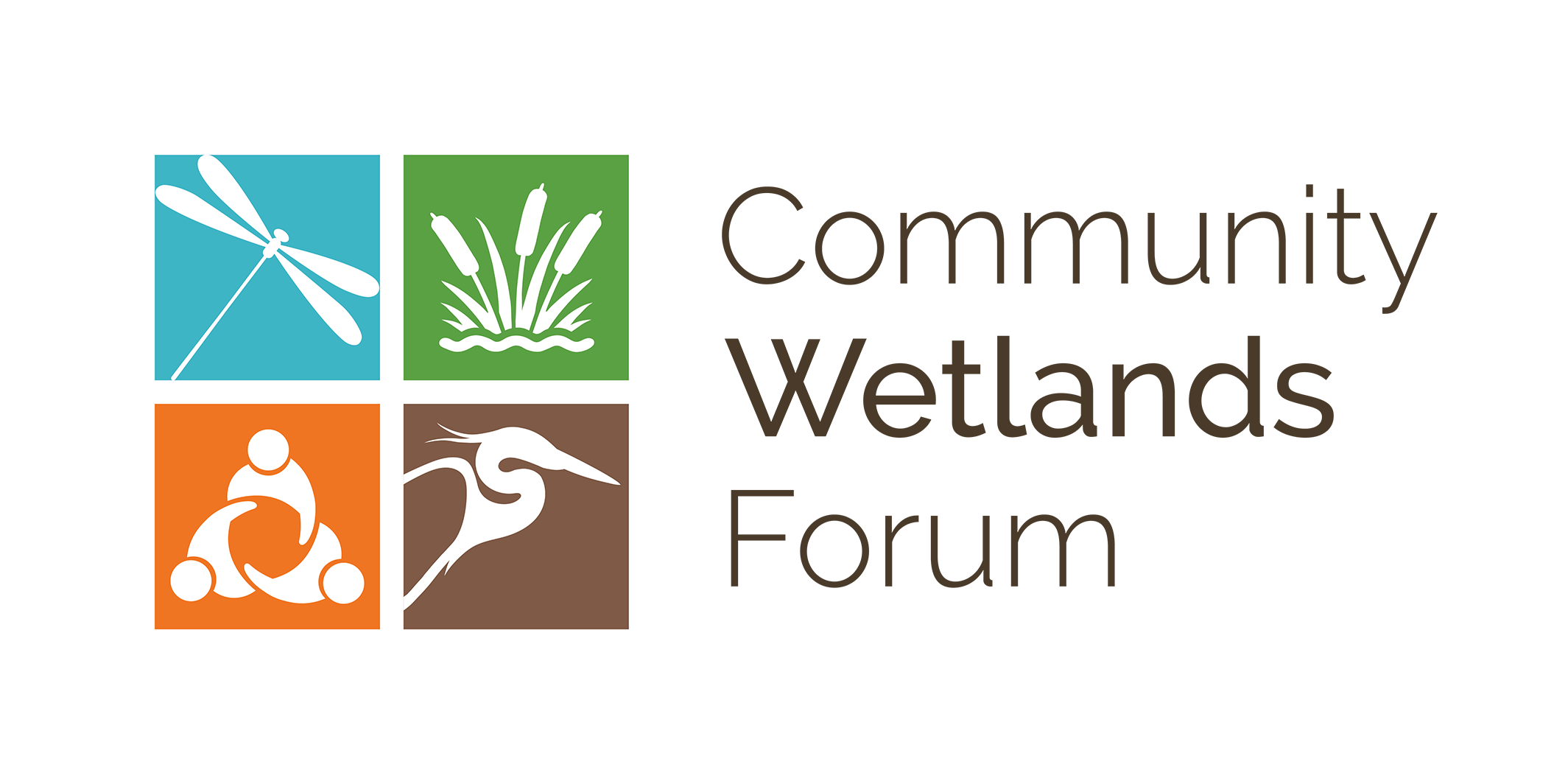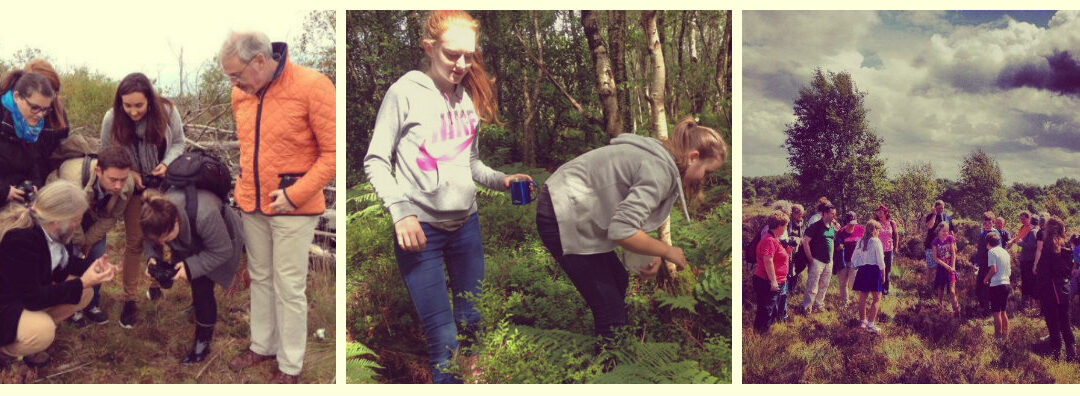Conserving Peatland Heritages
“Heritage has always been with us and has always been produced by people according to their contemporary concerns and experiences” – David Harvey
Contemporary ideas of heritage emphasise that what societies consider as heritage is shaped by changing attitudes and contexts over time. Broadly speaking, heritage is what societies choose to inherit and pass on to the next generation. This perspective underlines the choices involved in the construction of heritage which can lead to differing, even conflicting views. On the one hand, heritage can be viewed as a way for communities to care for their culture and landscape, providing a sense of identity and belonging. On the other, it can be seen as a potential source of conflict, an elitist enterprise or a commercial use of the past in the form of the heritage ‘industry’. Cultural heritage has often focused more on the conservation of sites and monuments (tangible heritage) than local customs, knowledge, practices and oral histories (intangible heritage). However, the definition of heritage expanded in 1994 with the Nara Document on Authenticity (ICOMOS, 1994), which broadened to include intangible cultural heritage in an effort to recognise multiple voices and sources of knowledge.
UNESCO Cultural Heritage Classification








